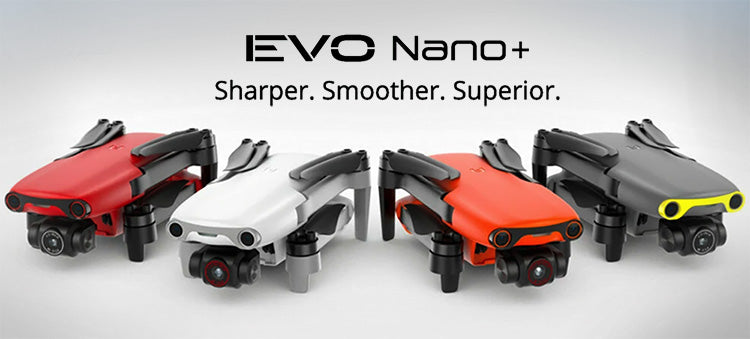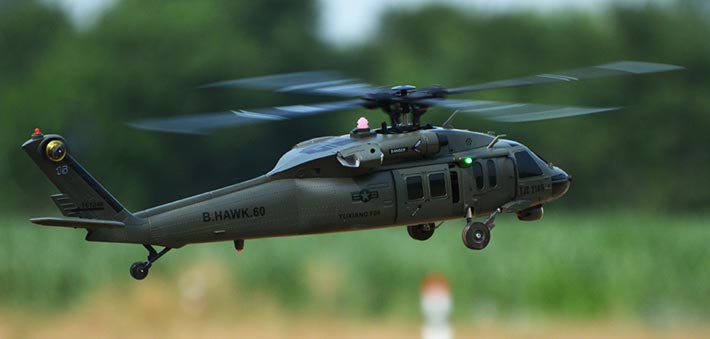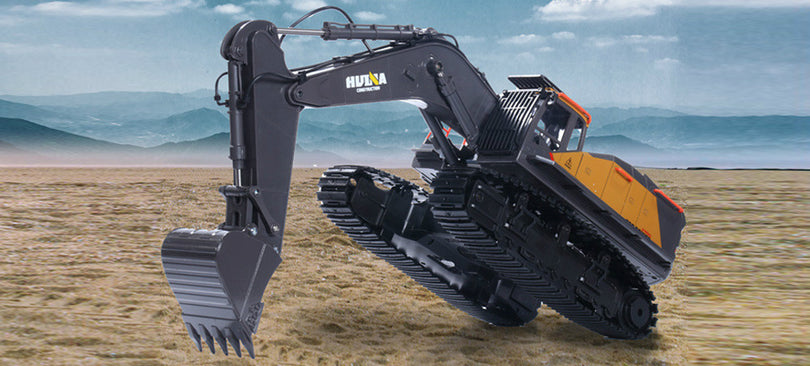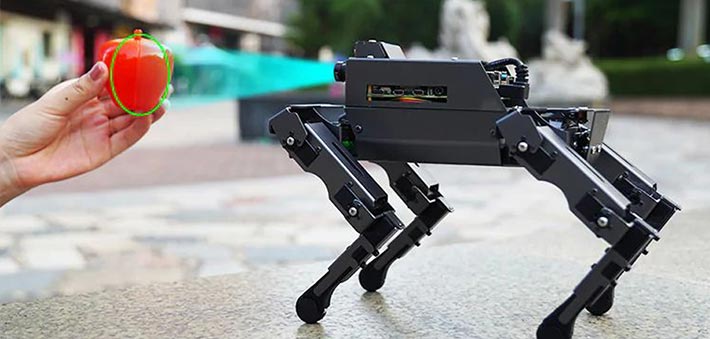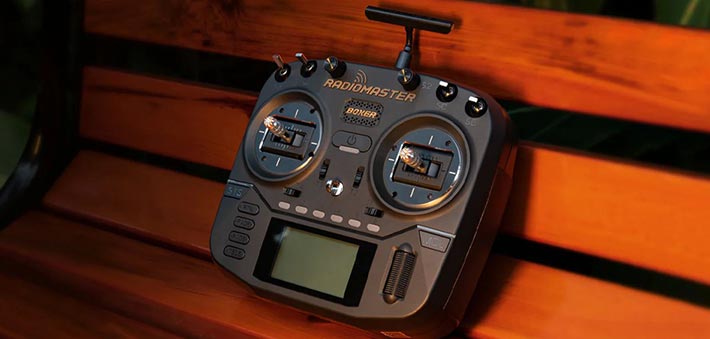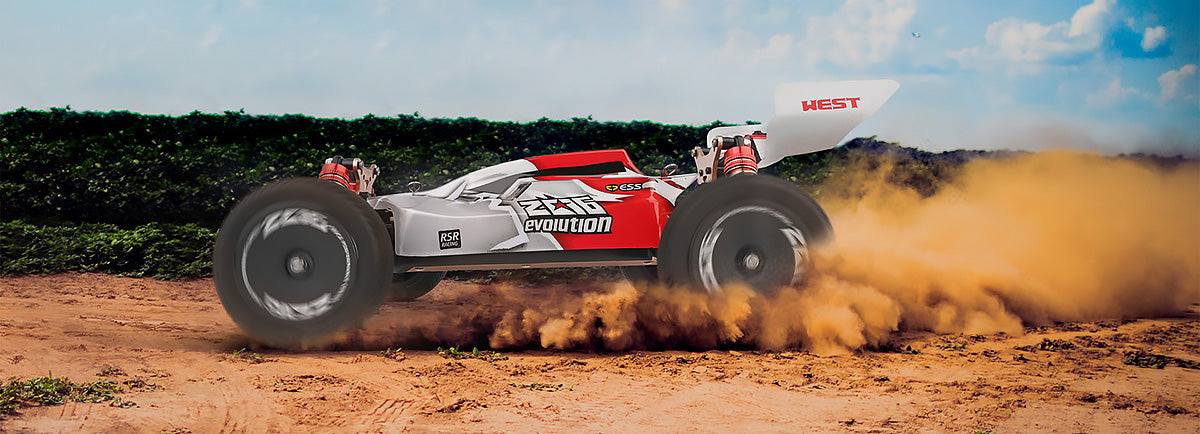Working With the Robot Operating System (ROS)
The Robot Operating System (ROS) is an open-source software framework that provides middleware for robotics applications.rosmaster x1 ros It allows different components of a robot to communicate with each other using messages sent over a network. This communication happens through a publishing-subscribing model where one component sends a message by posting it to a topic and other components receive the message by subscribing to that topic.
The ROS community is a large and active one with many user groups and events.rosmaster x1 ros Several commercial and educational robots use the ROS platform, including MakerBots and Barobo. The ROS-Industrial repository, which was launched in January 2012, focuses on the needs of industry and includes interfaces for industrial grippers, sensors, device networks, process path/motion planning, applications such as Scan-N-Plan, developer tools like the Qt Creator ROS Plugin, and training curriculum. The foundation of the project was founded by Yaskawa Motoman Robotics and Southwest Research Institute (SwRI).
ROS is a complex system with a rich library of tools and capabilities, and it is important to understand how to work with it.rosmaster x1 ros To help new users of the system, we have developed a series of tutorial videos on the basics of the ROS API and how to program for it. These video tutorials can be found on our YouTube channel and are also linked below.
When working with ROS, the first step is to set up a network connection between the master and slave robots.rosmaster x1 ros To do this, you can use the command rosnode add
Another aspect of setting up a ROS network is creating and configuring a sysroot for the robot.rosmaster x1 ros To do this, run the sysroot command from the master robot. Once you have done this, you can begin running the python programs that are required to control your robot.
You can also develop a Simulink model and deploy it to the Raspberry Pi hardware, using the rosberrypi_getting_started Simulink block.rosmaster x1 ros Once you have your model deployed to the hardware, you can monitor its status via the LED on the Raspberry Pi hardware.
Several additional packages can be used with ROS, including gmapping[80], hector[81], and cartographer[82] to provide full 2D SLAM and localization systems. slam_toolbox[83] supports a variety of 3D SLAM algorithms, and vision_opencv[85] integrates ROS with OpenCV. tf[86] provided a system for defining, tracking and transforming coordinate frames until the release of ROS Hydro, and is now replaced by tf2.

